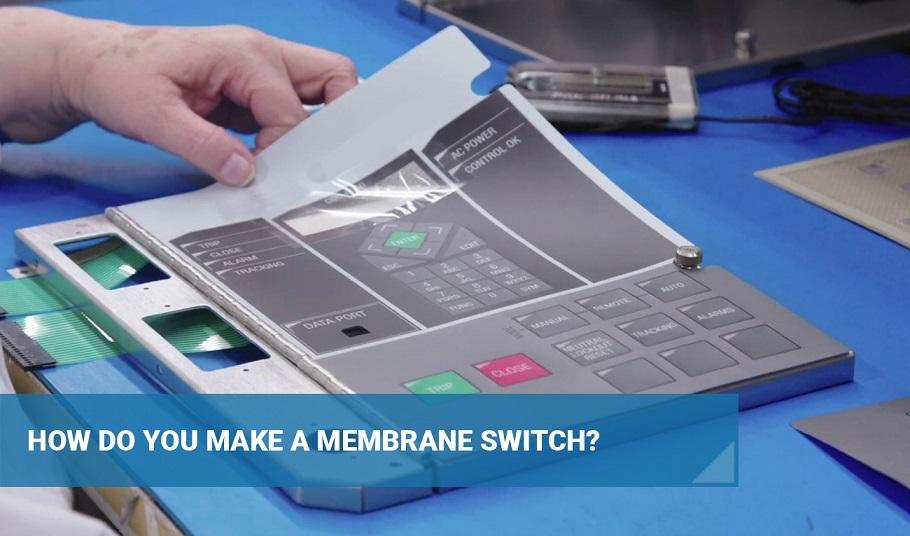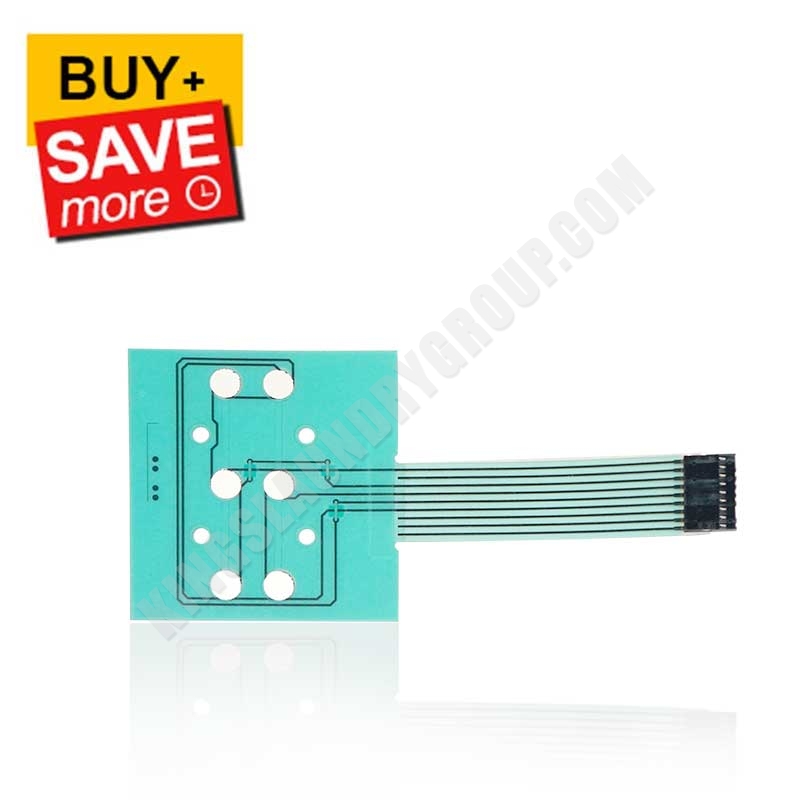Leading Advantages of Incorporating a Membrane Switch Into Your Digital Equipment
Leading Advantages of Incorporating a Membrane Switch Into Your Digital Equipment
Blog Article
Comprehending the Performance of Membrane Layer Switches for Interface Instruments
The functionality of membrane layer changes represents a considerable innovation in interface layout, integrating efficiency with visual adaptability. These switches operate via a multi-layered framework that equates user communications into electric signals, enabling for both portable formats and strength versus environmental factors. As markets significantly focus on user experience, recognizing the nuances of membrane layer switch modern technology ends up being essential. What implications do these developments hold for future applications, and just how might they redefine user communications across different gadgets?
What Are Membrane Layer Buttons?
Membrane switches are ingenious user interface tools that assist in individual interaction with electronic equipment. These functional elements include multiple layers, consisting of a visuals overlay, spacer, and a printed circuit layer. The design permits a seamless integration right into numerous electronic devices, enhancing both the aesthetic and useful facets of customer interfaces.
Membrane layer switches are generally employed in a large range of applications, from household home appliances to industrial machinery and clinical devices. Their construction typically includes a thin profile, making them a suitable choice for portable designs. The tactile responses given by these buttons can be engineered to fulfill specific individual preferences, making sure effective interaction in between the individual and the tool.
Sturdiness is an additional significant advantage of membrane layer switches, as they are resistant to dirt, dampness, and chemicals, which enhances their life expectancy in requiring settings. Additionally, these switches can be tailored in terms of shape, dimension, and graphic style, permitting branding and user-specific attributes. Generally, membrane layer switches represent a sensible remedy for enhancing individual experience in digital tools, combining performance with visual allure in an efficient manner.
Exactly How Membrane Layer Changes Job
Operating on a straightforward principle, membrane changes make use of a layered building to register individual input properly. Each button contains multiple layers, consisting of a printed circuit layer, a spacer layer, and a top graphic layer, which are created to collaborate effortlessly. When a customer presses the top layer, it compresses the spacer layer, bringing the conductive aspects of the circuit layer right into contact with each other.
This call produces a shut circuit, indicating the device to perform a certain feature. The layout enables for numerous configurations, consisting of responsive responses, which can boost the customer experience by providing a physical experience upon activation. The materials made use of in membrane layer buttons usually consist of versatile substratums, such as polyester or polycarbonate, which make certain durability and resilience versus deterioration.

Key Benefits of Membrane Layer Switches

One more considerable benefit is their density. Membrane switches are thin and light-weight, which enables suppliers to save room in their tools without compromising functionality. This attribute is particularly helpful in applications where weight and volume are essential considerations.
Furthermore, membrane switches are resistant to dust, dampness, and chemicals, boosting their resilience. This strength extends their life-span and lowers the requirement for regular substitutes, resulting in expense financial savings over time.
In addition, the tactile comments offered by membrane switches can be maximized to improve user interaction. They can consist of functions such as raised switches or audible clicks, improving use and customer experience.
Applications Throughout Industries
Interface gadgets making use of membrane buttons are common in a broad variety of markets, showcasing their adaptability and performance. Membrane Switch. In the clinical market, membrane switches are indispensable to gadgets such as analysis devices and person monitoring systems, where their longevity and simplicity of cleaning are crucial for maintaining health requirements. In a similar way, in the automobile industry, these buttons are utilized in control panel controls and infomercial systems, supplying a smooth and modern-day interface for customers.
Additionally, the consumer electronics sector gain from membrane buttons in devices and handheld devices, where small design and easy to use interfaces boost user experience. Industrial applications additionally utilize membrane layer changes for control board in equipment and automation systems, highlighting their effectiveness and resistance to extreme atmospheres.
In the aerospace and defense markets, membrane buttons are used in cabin controls and equipment, where dependability and performance under severe conditions are critical. Additionally, the pc gaming market progressively includes membrane layer buttons in controllers and arcade machines, contributing to an interesting customer experience. Generally, the versatility of membrane changes allows their widespread usage across countless sectors, emphasizing their relevance in modern interface layout.
Future Trends in Membrane Layer Switch Modern Technology

In addition, making use of innovative products, such as polycarbonate and polyester films, is anticipated to climb, providing boosted resilience and resistance to ecological stress factors. These materials add to the general long life of membrane layer switches, making them appropriate for harsher commercial applications.
Additionally, the consolidation of wise modern technology, consisting of IoT connection, will certainly make it possible for membrane switches to connect with other devices and systems, helping with a much more interactive individual experience. This fad aligns with the growing need for wise devices across various markets, from healthcare to consumer electronic devices.
Last but not least, customization alternatives are expected to expand, allowing makers to create bespoke services customized to specific user requirements and preferences. These advancements will position membrane switches as essential elements in the advancement of customer interface modern technology.
Conclusion
To conclude, membrane switches represent a critical development in interface technology, providing a reliable and flexible remedy for varied electronic applications. Their find more information split building helps with portable design, while attributes such as responsive comments enhance customer communication. The durability against environmental variables better strengthens their energy across multiple industries. As developments in material science and touch noticing innovations proceed, the capability and applicability of membrane layer buttons are expected to expand, strengthening their significance in modern electronic tools.
Report this page